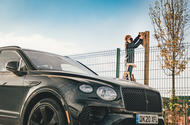Bats can’t drive a Bentayga, but they can commandeer a Bentley box
Bentley’s quest for on-site sustainability extends beyond mere factory roof-mounted solar panels. We head to Crewe to find out more
Thanks to the efforts of its customisation arm producing various special editions, well-heeled nature fans are well catered for by Bentley. There’s the Bentayga Falconry by Mulliner, which offers saker falcon owners a built-in flight station and accessories including binoculars and a Bentley-branded bird hood. Or there’s the Bentayga Fly Fishing by Mulliner, with its customised tackle box and waterproof storage trunk to house your soggy waders.
But even the most pampered bird of prey would likely cast an envious eye at Bentley’s newest creations, designed for the humble pippistrelle bat and blue tit. While a certain crime-fighting superhero might enjoy a Bentayga Batmobile by Mulliner for a spot of luxury, instead of a customised SUV, Bentley is installing bird and bat boxes for these crucial residents of the British countryside to live in around the fringes of its Crewe factory.
Since Autocar figured building a bat box would prove marginally easier than making a luxury grand tourer, and to find out why a car firm was branching out into wildlife accommodation, we headed to the factory to help out. Spoiler alert: we weren’t much help.
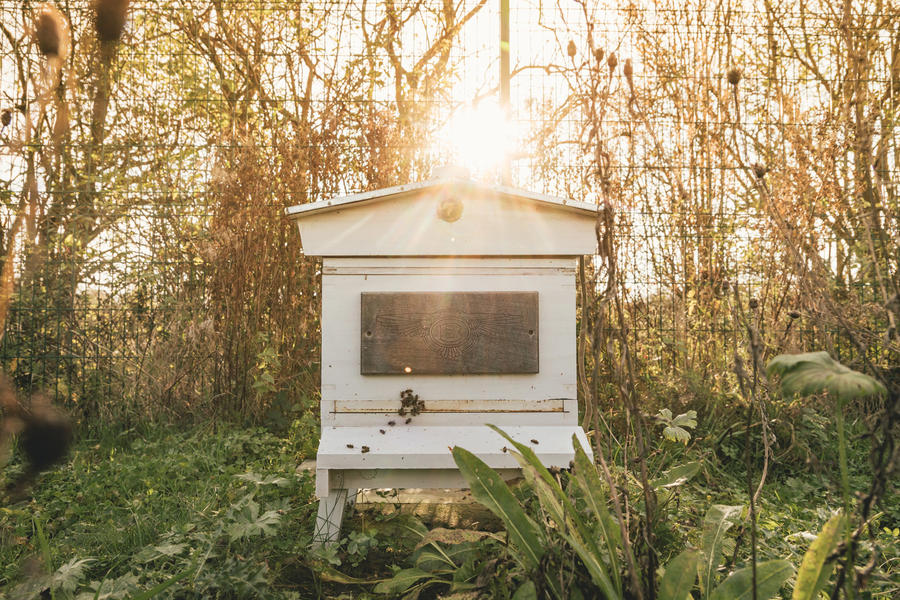
The idea for the bird and bat boxes came from Andrew Robertson, Bentley’s long-time head of site planning. A motor industry veteran, Robertson has driven Bentley’s push to increase sustainability and reduce the environmental impact of its Crewe plant. But while it seems every car firm is trumpeting just that in 2020, it’s something he’s been pursuing for more than two decades.
That’s demonstrated by the certificates hanging on the factory walls to show the plant has achieved catchily titled ISO 14001 and 50001 environmental standards and a PAS 2060 carbon-neutral certification (for those without an intimate knowledge of such things, these two are pretty good, apparently), and by the various measures around the site designed to make building luxury cars as green as it can realistically be.
Bentley has made Crewe CO2-neutral – meaning any CO2 produced is reduced and offset – thanks to the efforts of Robertson and his team. These include switching the factory to a green energy mix, the use of biogas and the installation of 30,000 solar panels – 20,000 on the factory roof and 10,000 in the car park, giving a capacity of 7.7MW. He’s recently started rainwater harvesting and is finding ways to use food waste from the staff canteen.
Even so, Robertson wanted to do more. “We started looking into biodiversity,” he says. “We’re a semi-industrial site, and there’s a limit to what we can do, but we felt supporting wildlife was important.”
As part of Bentley’s 2019 centenary, the firm planted 100 trees. There’s also a new allotment being developed and currently tested with some cabbages. But the most well-known example started around two years ago, with the arrival of the Bentley bees. The initiative started with two hives (“you can never have a single hive,” according to Robertson) placed in a quiet corner of the Crewe site, as a joint venture with local firm Buckley’s Bees. “We contracted it out because we’re quite good at building cars but we knew nothing about bees at first,” notes Robertson.
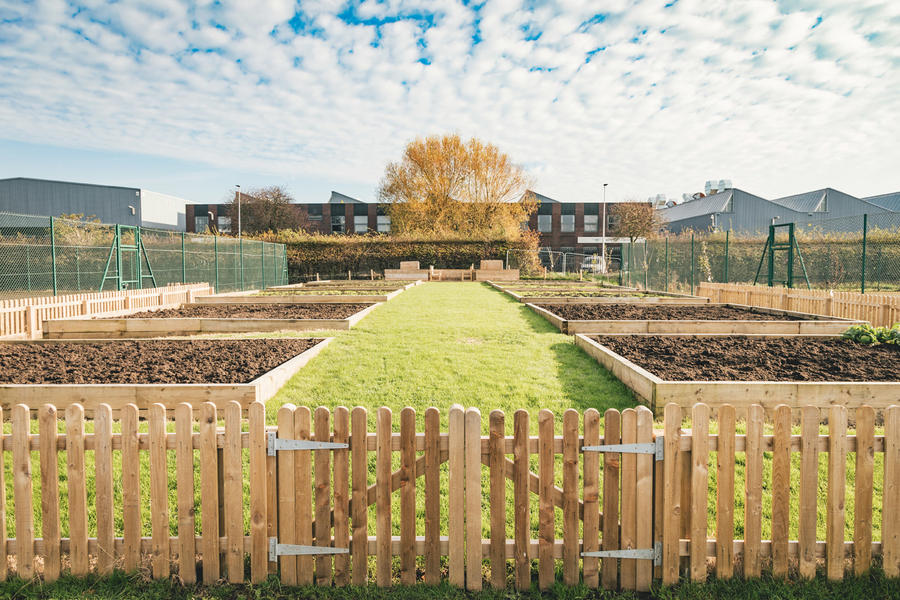
There are now five hives, housing an estimated 300,000 bees in as much opulent Bentley luxury as can be provided on the edge of a car park and next to the main train line to Chester. There are plans to expand to around a million bees next year.
The Bentley bees have achieved celebrity status, not least because the honey they produce is as exclusive as the firm’s most limited-run models. But, of course, they aren’t the only bees in the car industry: among other firms, luxury rival Rolls-Royce has its own hives, while Lamborghini is giving them an Italian supercar twist in Sant’Agata. Autocar is already dreaming of staging the car industry’s first-ever honey taste test.
Aside from generating publicity and producing a small supply of sweet amber treats, the bees have helped the local environment by spreading pollen. So with the bees creating a buzz (couldn’t resist, sorry), Bentley began plotting further initiatives to aid the local inhabitants. And, well, there’s a reason for all those birds and bees cliches. So why not throw some bats into the mix?
“Birds and bats naturally occur in the local environment around Crewe, so we decided that we could provide some homes for them,” says Robertson. “We started last year with six bird boxes and decided we could expand that this year and get a little more adventurous.”
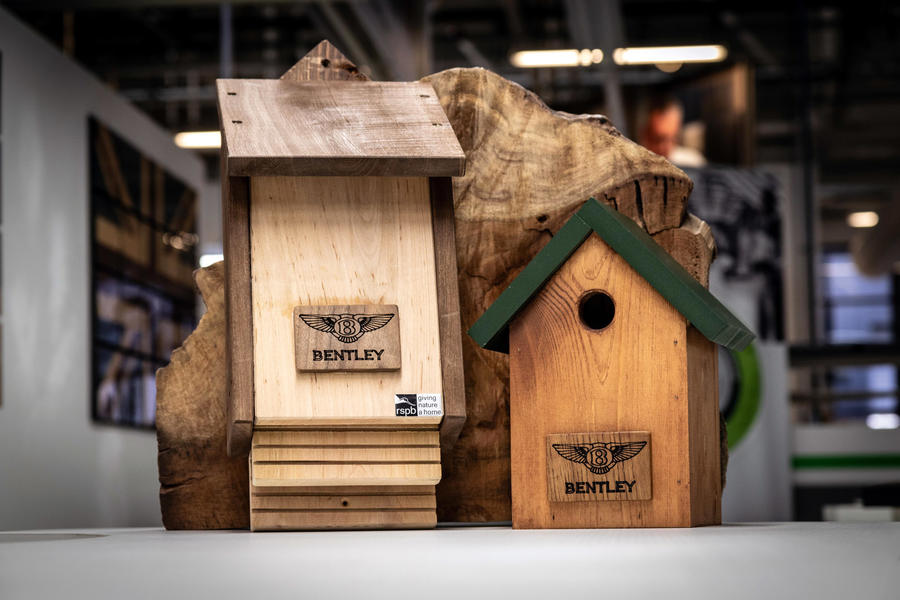
That meant more bird boxes – with a decision to place them closer to the more populated areas of the site in the hope more people could see them – and the expansion into bat boxes.
For those wondering, a bat box is similar to the bird-based version, except instead of having a small round hole in the front big enough for a tit to squeeze through, they’re accessed by slots in the bottom, while inside, at the top, there’s a handy pole from which the bats can hang.
This is where Autocar wanted to get involved with a bit of bat box building. Unfortunately, we weren’t able to do that for two reasons. The first is that Bentley currently buys in its bird and bat boxes, with only limited assembly required. Yes, in true car industry fashion, platform sharing exists even within the world of artificial roosts. But, of course, Bentley isn’t satisfied with that, so the boxes pass through its wood shop for a touch-up from expert carpenters who spend most of their time honing exquisite dashboards and other items for the interior of grand tourers.
Unfortunately, social distancing restrictions meant I wasn’t allowed into the wood shop. Well, that’s what we were told. It’s entirely possible that Bentley had heard of my utter failure to execute any DIY task more advanced than assembling a piece of Ikea flatpack furniture and used a very 2020 excuse to stop us messing everything up.
Still, the bird and bat boxes were given a suitably premium Bentley touch with some exquisite logos by the carpenters. Thankfully, they resisted covering them with Alcantara or installing large touchscreens. While ‘Bentleyfying’ the boxes, the carpenters also identified several ways they felt they could refine the design and improve upon them. It might not be long, then, before Bentley is making its own.
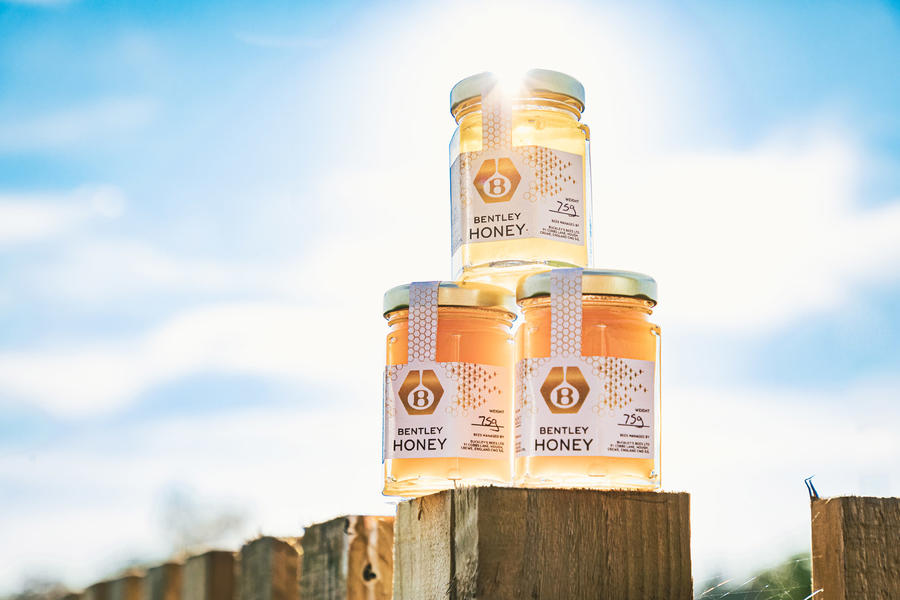
But while I wasn’t able to assist making the boxes, I was roped in by Robertson and his team to help install them around the Crewe site. The locations had been predetermined: the bird boxes were generally set close to the playing fields of Bentley’s on-site Legends health centre (currently doubling as a Covid-safe holding area for site visitors), while the bat boxes would be sited out towards the fringes of the solar panel-dotted car parks.
That’s partly to keep any bats away from the factory buildings, and partly to help their semi-autonomous guidance systems. “As with bees, I’ve learned more about bats than I ever thought I would,” says Robertson. “They echo-locate using straight lines, so they follow roads, railway lines and fences, so we picked locations near those features to help them.”
Which explains why I found myself up a thankfully sturdy ladder on the edge of Bentley’s engineering car park. Tempting as it was to try and spot any test versions of future models among the nearly machines, it seemed best to focus on the task in hand. Thankfully, that proved relatively simple: screwing the bat box into place near the top of big wooden poles. With access to an electric screwdriver, this was a relatively simple job, although my inability to get it exactly straight meant it probably wouldn’t pass Bentley’s exacting standards without some further adjustment.
I suspect the bats might not enjoy hanging at an angle, either. But adjustments were likely made at the quality control stage, and any bats that do find their way to the boxes will likely be grateful for the classy housing, even if they remain unaware that their new accommodation has been provided by one of the world’s top luxury car brands.
It might not just be the bats who would consider it an odd combination, and it’s easy to be cynical about a car firm trying to help the environment at the same time it continues to produce combustion-engined cars. After all, making a car factory CO2-neutral could be as much about cutting costs – using energy generated via your own solar panels is clearly cheaper than buying it in – as it is about saving the planet.
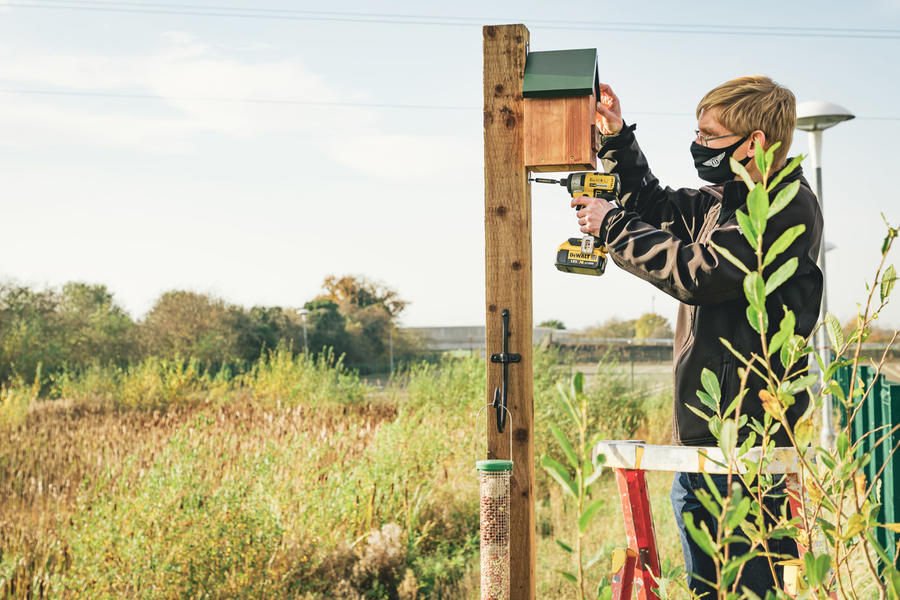
While Robertson admits there are financial benefits to some of the initiatives, he insists Bentley’s efforts are more genuine – as demonstrated by the efforts to provide homes for birds, bees and bats. “There’s no certificate for increasing the biodiversity of a car park,” he notes. “But it’s the right thing to do.”
That approach extends beyond housing wildlife. Robertson’s next quest is to make the Crewe factory water-neutral through the harvesting of rainwater. “That’s a challenge in the UK, because the stuff falls out of the sky,” he notes. “Electricity and gas cost money, so you can come up with a business case for an investment to go carbon-neutral, but water is so cheap that it’s challenging to make any investment case work. But that doesn’t mean it’s not the right thing to do, which is why we’re working on it.”
It’s an approach that has paid dividends for a swarm of very lucky bees and is now giving local birds and bats the chance to enjoy a splash of British premium luxury. And if the bat boxes prove a hit with passing pipistrelles, expect more to pop up in future years. Perhaps that Bentayga Batmobile isn’t such a far-fetched idea after all.
Bentley’s CO2 pledge
Bentley recently announced bold plans to launch its first electric car in 2025 and switch to a full electric vehicle line-up by 2030. That ‘Beyond100’ plan included a commitment to becoming an ‘end-to-end carbon-neutral’ car brand by that date. In effect, that means eliminating or offsetting any CO2 created both by the production and the use of its vehicles.
A key part of that is a promise to make its Crewe factory CO2-positive by that 2030 date, through continued expansion of its sustainability efforts.
As well as the efforts detailed to reduce the emissions of the factory itself, Bentley has also started using environmentally friendly synthetic diesel (created by cracking sea water to produce hydrogen and CO2 to make carbon, then combining the two elements).
But don’t expect to see a synthetic diesel-powered Flying Spur anytime soon: the plan is to use the fuel for the many goods vehicles that operate in the environs of the Crewe factory.
READ MORE
Bentley’s first EV to be high-riding saloon in 2025
Source: Autocar
